Wes Anderson’s contemplative renditions of four Roald Dahl stories
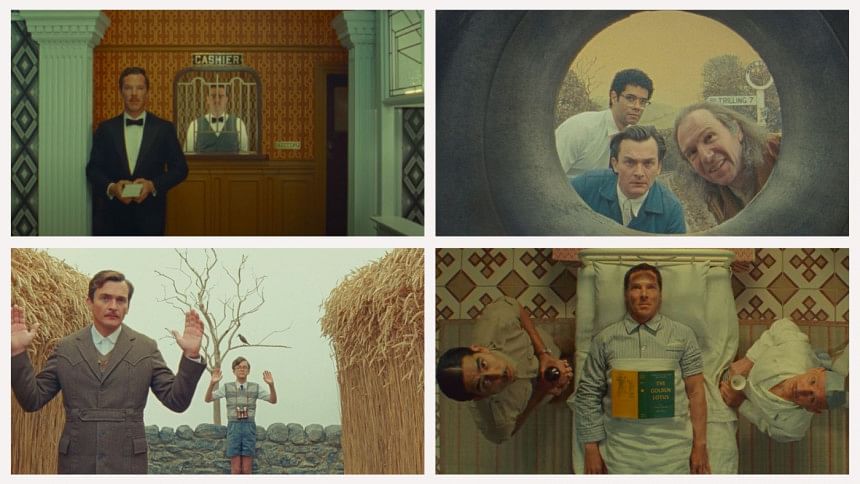
The eclectic director, Wes Anderson returned to narrate four more of Roald Dahl's stories with Netflix, since his critically acclaimed movie "Fantastic Mr. Fox" (2009). He uses his distinctively eccentric directorial approach to fuse fun with deep introspection.
"The Wonderful Story of Henry Sugar" is a meticulously constructed short film, which is based on Dahl's story about a man who can see without his eyes. Wes Anderson even cast Ralph Fiennes as Dahl in his writing shed, as the story shifts from being told by one narrator to another.

The charming Benedict Cumberbatch plays Henry Sugar, a wealthy man and compulsive gambler who intends to use the trick of the man who can see without his eyes and use that expertise to cheat in casinos. The imperialist white man's avarice is revealed here. Sugar builds on something that is not his – from a tradition of a society to which he does not belong, in order to benefit himself. However, along his journey, Henry Sugar has a realisation that converts him into a generous humanitarian for the rest of his life. This is really a tale of redemption.
One of the movie's major themes is its exploration of concepts like self-discovery, spirituality, and the pursuit of happiness within. The movie's message is heartwarming and thought-provoking, serving as a gentle reminder that real wealth isn't found in the amassing of material possessions but rather in the depth of one's spirit. The story flirts with the lines of reality and the surreal, reminding us that truth can sometimes be stranger than fiction.
Anderson's cast is kept small and most of its actors appear in multiple roles. Dev Patel, Ben Kingsley, Rupert Friend, and Richard Ayoade's stellar performances made it seem like it was an animated version of an audiobook. Although Anderson shrunk Dahl's short story, it practically has the words of Dahl, written all over it. Anderson does not attempt to top or reduce Dahl's dry humor.
Each frame is elevated to the status of a work of art by Anderson's love of symmetry and precision framing. The attention to detail, which can be observed in everything from the vibrant color palettes and fanciful costumes to the intricate props and meticulously choreographed passages, is a testament to Anderson's dedication to his craft.
The three other Dahl short story adaptations namely, "The Swan", "The Rat Catcher" and "Poison" are smaller (about 17 minutes each) and feature appearances from the same troupe of actors.
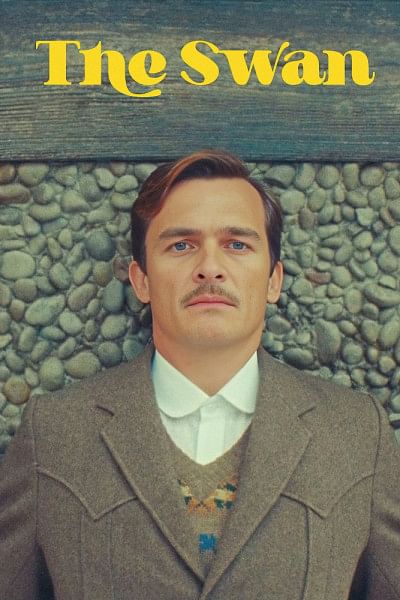
Dahl wrote "The Swan" on the basis of a newspaper article from the 1940s. The narrator, Rupert Friend stands with a rigid demeanour, at the fringe of the frame, to break the fourth wall and speak to the audience directly, from inside a beige-hedged maze bordered by cattails. He recounts a tale from his youth, as the incident transpires behind him. In the story, bullies torment young Peter (Asa Jennings) by tying him up on a railway amongst other ways of bullying.
Although "The Swan" is darker than the other short films, the story itself is ultimately fairly simple and exposes fundamentals about who we are, how we interact, how we develop, and how our experiences shape us. It is a poignant portrayal of how bullying and trauma can push us to the furthest point being left with the option of either succumbing to the world's absurdities or growing into a stronger version of ourselves.
Even if it's not quite as expansive and interesting as "The Wonderful Story of Henry Sugar", this Anderson-Dahl Netflix production is still worth watching.
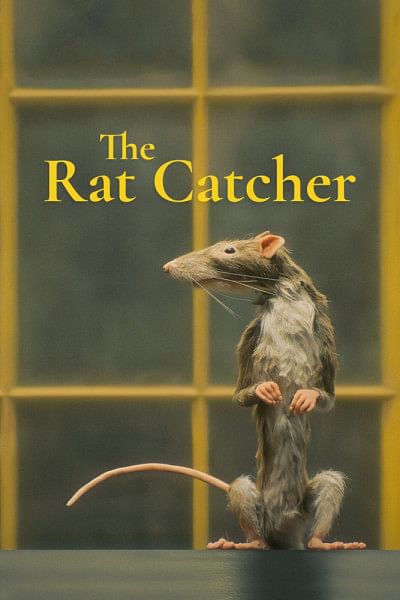
In "The Rat Catcher", Ralph Fiennes delivers a faultlessly eerie performance as a professional rodent exterminator hired by the Health Office to eradicate a rat infestation in a nearby hayrick. In addition, he makes a brief cameo as Roald Dahl himself as he did in "The Swan" and "The Wonderful Story of Henry Sugar". This short film features a beautiful village that is more sepia-toned than the brilliant pastels that Anderson generally employs. Here, a mechanic (Rupert Friend) and a reporter (Richard Ayoade) watch the 'rat catcher' in action. However, the exterminator's cunning plan to exterminate the rats fails.
As he believes it is essential to behave like them in order to catch them, the rat catcher has a physical appearance that is eerily similar to that of a rat. He is essentially an outcast who can never overcome the socioeconomic barrier of his situation, which creates an undercurrent of pathos in the story.
The conflict between the 'rat catcher' and an actual rat is the most pronounced staging in this short film. At a point in this narration, Rupert Friend plays the part of the rat and Ralph Fiennes fights as 'rat man', which proved to be a diverse pattern to tie the fighting into the tale over having a varied form of animation, in the mix. Anderson again uses the theatrical blend he's been experimenting with throughout all the short films.
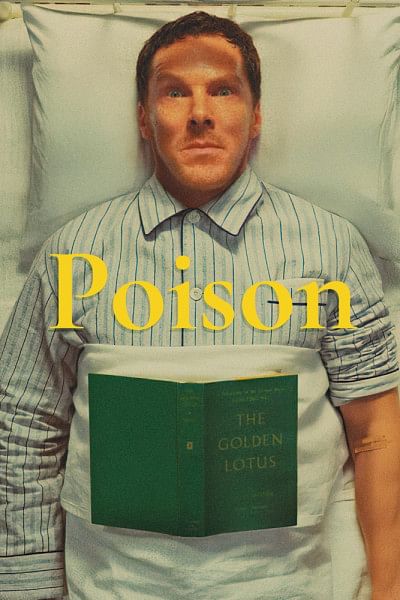
Contrary to "The Wonderful Story of Henry Sugar" which also had the same cast of actors, the cinematography in "Poison" is more straightforward. This simplicity, nevertheless, is a result of the story's constrained setting, which primarily takes place in Harry Pope's (Benedict Cumberbatch) house with a brief transfer to the residence of Dr Ganderbai (Ben Kingsley), a physician. It is filmed in the fashion of a pop-up picture book, and the camera angles frequently give the impression of the story taking place inside a rustic-looking dollhouse.
Harry lays still on his bed as he believes a krait (poisonous snake) has made its home on his stomach. Mr Woods (Dev Patel), the narrator, summons Dr Ganderbai to save Pope's life. When Woods and the doctor try to assist Pope, the former can't help but notice the opulence of Pope's pajamas, which contain a mother-of-pearl fly button. Once it is revealed that there was no krait, anywhere in the house, the doctor insinuates that Pope may have dreamt the whole thing. In a fit of anger, Pope then insults the doctor by using offensive racial slurs. Pope's reaction compels Woods to scream furiously to halt his verbal attacks. Lastly, the doctor seems uninterested in Wood's words of apologies and reassurance about him saving a life. Dr Ganderbai knows that he hasn't saved a life, because someone like Harry Pope is beyond saving.
The audience is left to wonder who was the monster, after all – the krait, which exerted momentary power over Harry, or Harry himself, who brandishes a position of superiority over people of another race, once he realises he is free from imminent danger.
Through these unsettling portrayals of cruelty and madness, Wes Anderson keeps pushing the limits of the cinematic medium and creates refreshing ways to reimagine the very nature of cinema.
These films accomplish in under 20 minutes what many horror films and thrillers struggle to achieve — terror, palpable tension, and a lingering emotional impact that makes viewers contemplate long after the credits roll. Wes Anderson does this with a minimal cast, thoughtfully curated sets, and a firm adherence to Dahl's original writings.
Shaniz Chowdhury is a contributor.

 For all latest news, follow The Daily Star's Google News channel.
For all latest news, follow The Daily Star's Google News channel. 





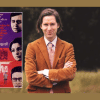


Comments